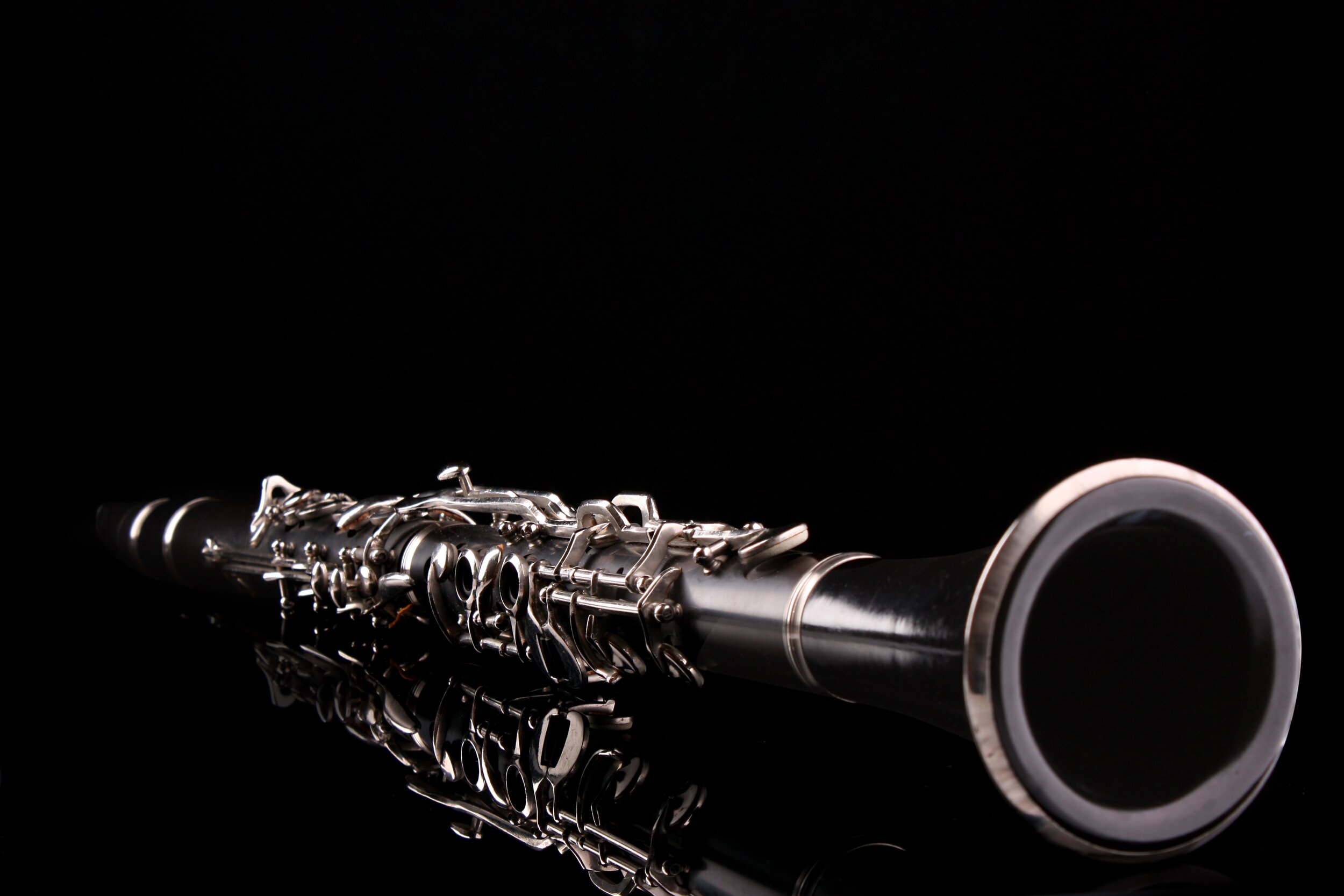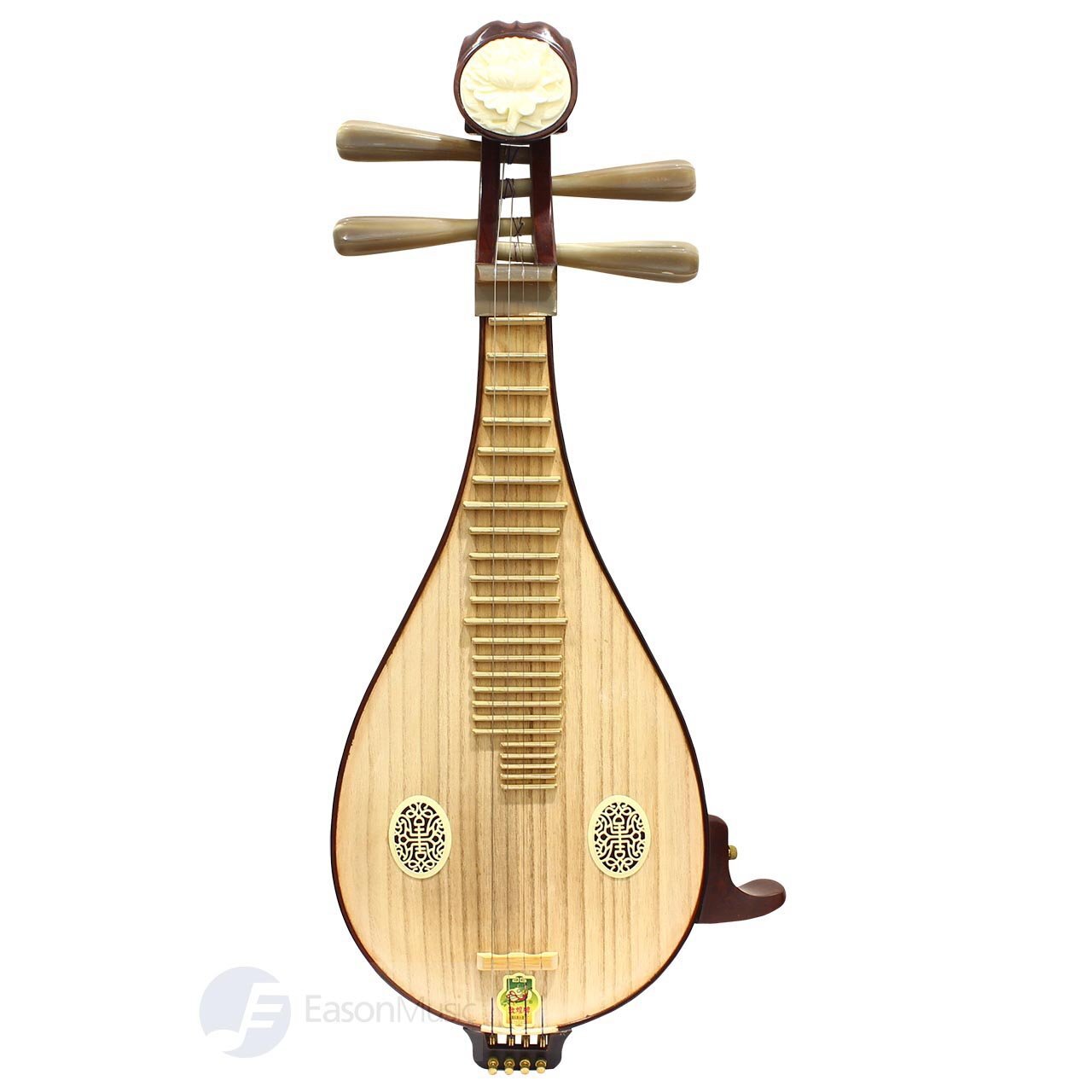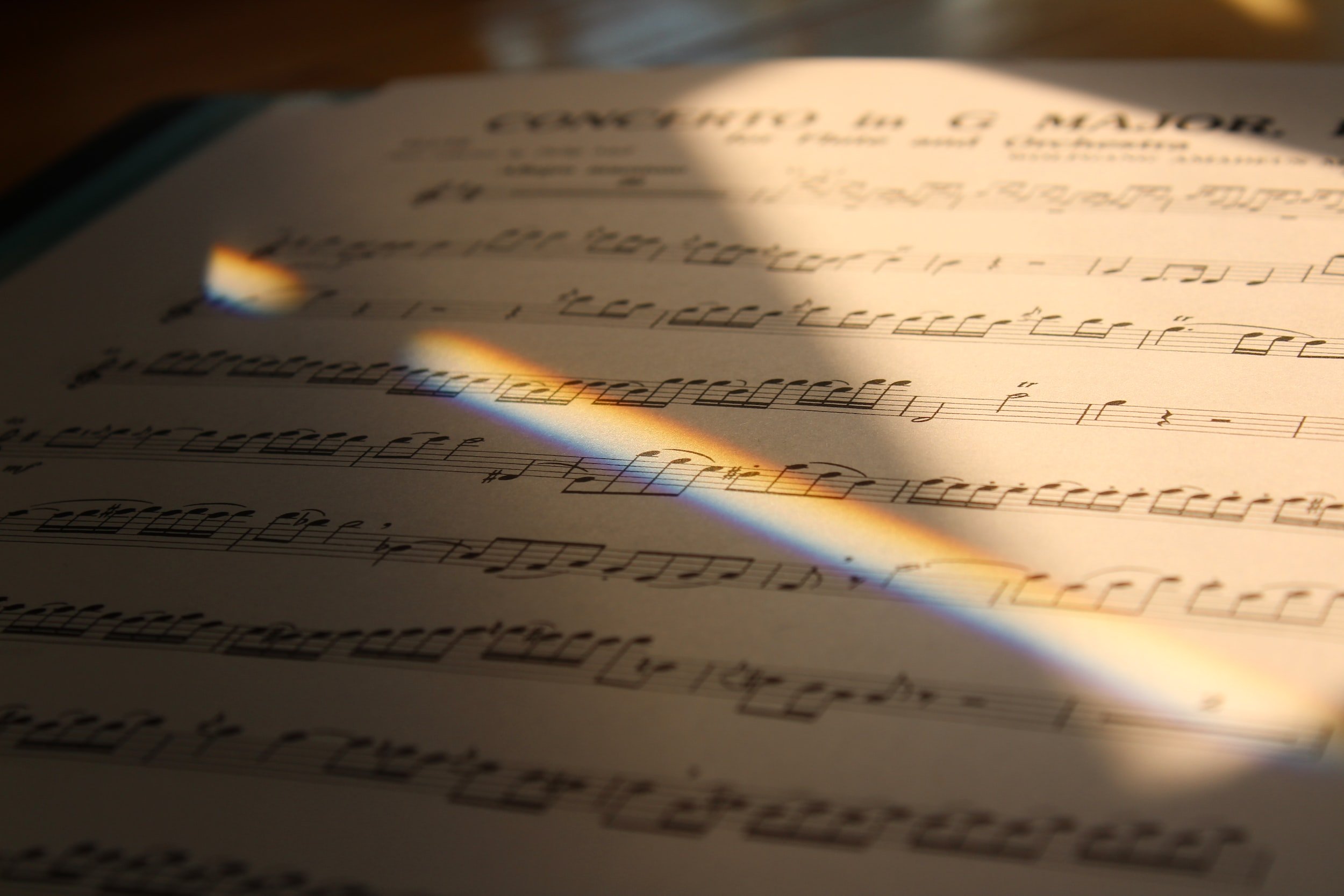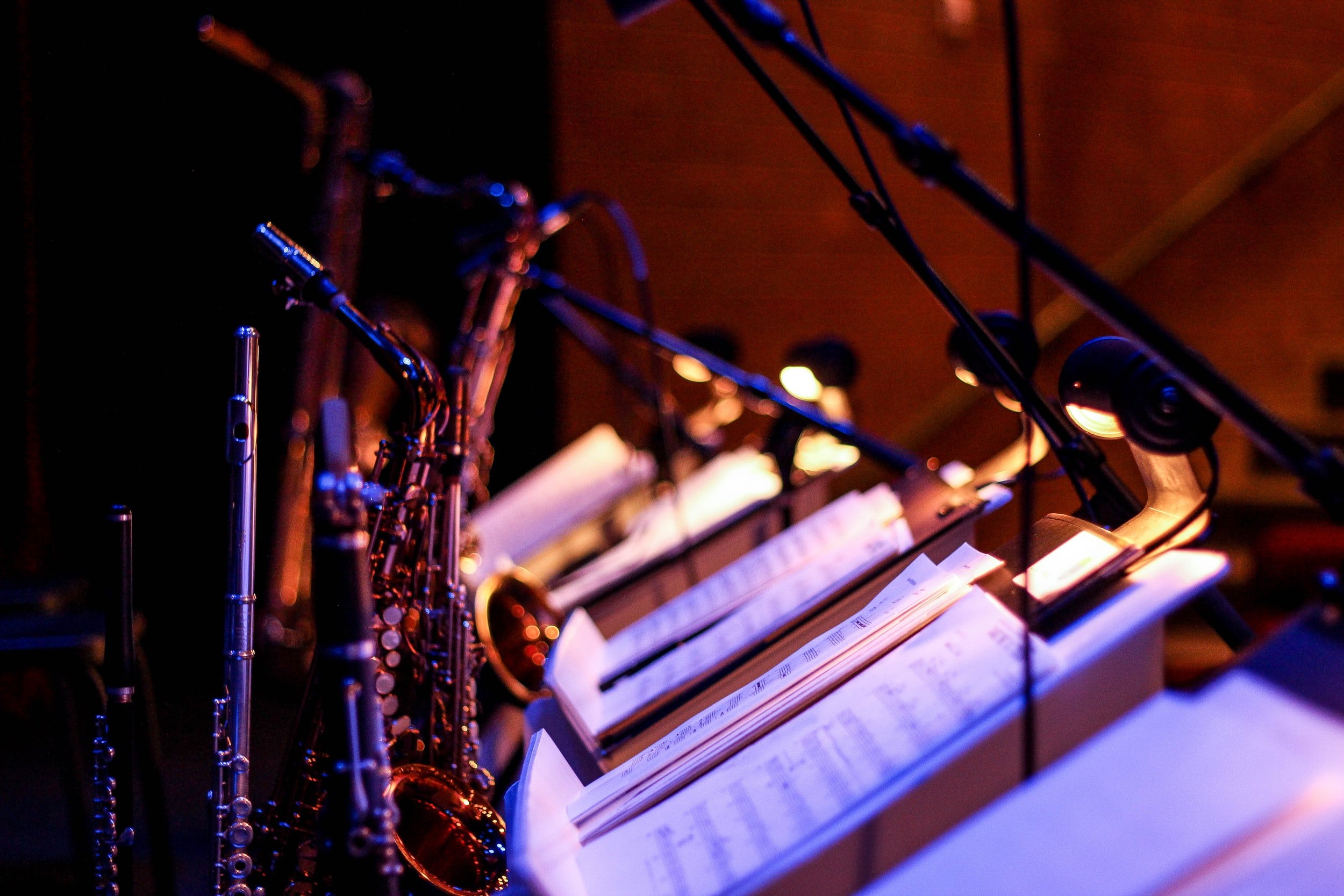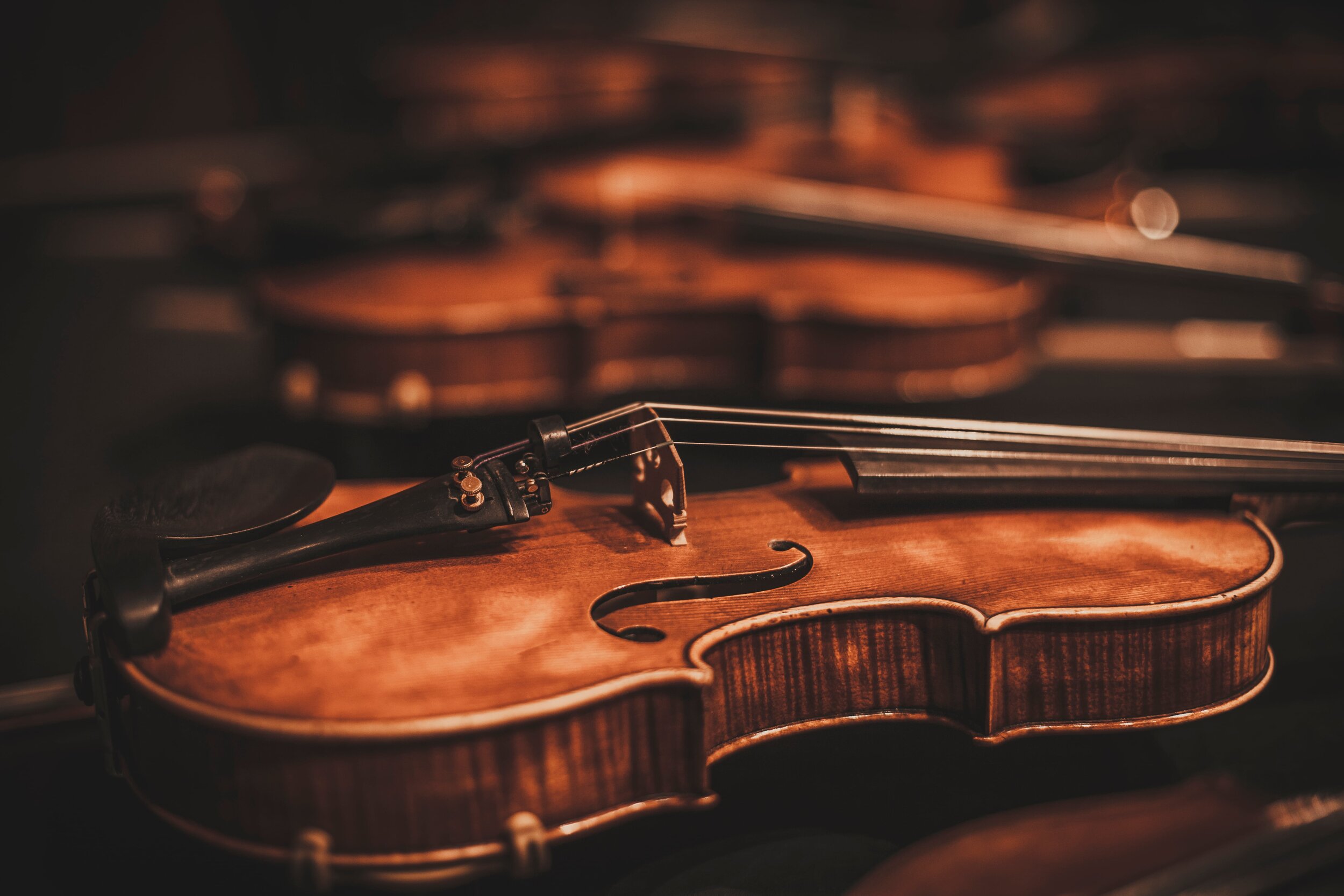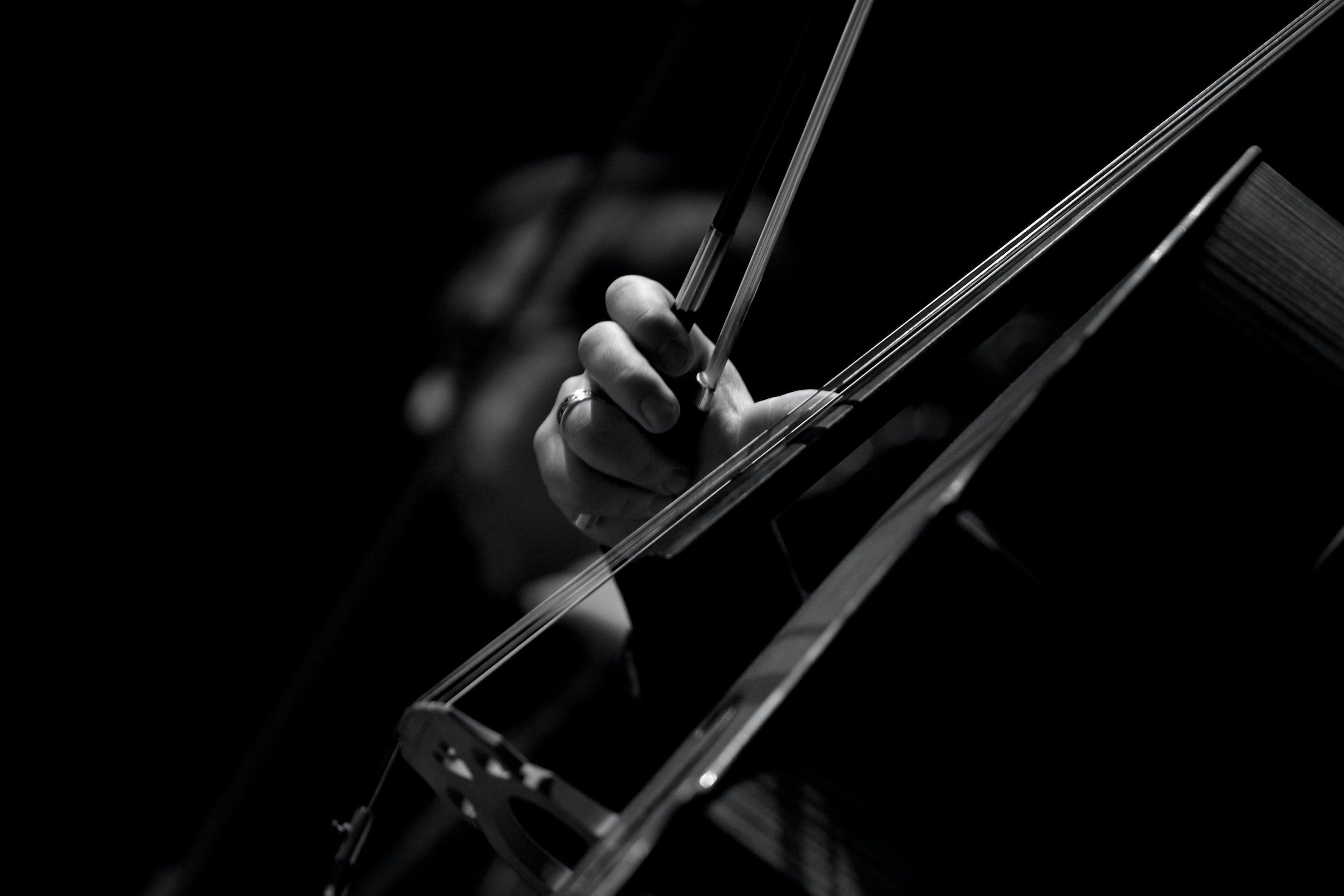Learn About Orchestration
On this page, you’ll find resources to Learn About Orchestration. From links to learn about instruments to a new textbook about instrumentation, to listening lists and a case study analyzing a work by Ravel from multiple analytical perspectives.
Instrumentation
Homepage for each instrument of the orchestra, providing basic information and links to content on the site, as well as to recommended external resources.
Extreme Orchestration
The online orchestration textbook and resource authored by Don Freund and David Cutler, provides comprehensive insights into the fundamental acoustics and performance attributes of orchestral instruments essential for composers to produce innovative and engaging compositions using traditional playing methods. It delves into every instrument typical of the contemporary 21st-century orchestra, offering detailed discussions and examples to showcase the extensive variety of expressive and coloristic options accessible.
Repertoire
Suggested listenings for all the orchestral instruments, with a focus on chamber works and extended technique. Scroll through individual instruments here, or go to the homepage to explore by section or family

Teaching and Analysis
Studies in Orchestration Practice
The "Cahiers d'orchestration" (Studies in Orchestration Practice — currently only in French) is an innovative project by Swiss composer and orchestrator Victor Cordero that aims to present an in-depth exploration of theoretical and practical aspects of orchestration. Unlike traditional orchestration treatises, this series takes a modular and extensible approach, allowing each new chapter or "cahier" to comprehensively explore a specific theme without the constraints imposed by a classical treatise format.
In the first installment of the series, "L'équilibre et le contraste dans la succession de scènes orchestrales" (Balance and Contrast in the Succession of Orchestral Scenes), Cordero builds upon the groundbreaking work of Charles Koechlin, who first addressed the concept of "successive balance" in his "Traité de l'orchestration" (1954). Koechlin recognized that the principles governing successive sound blocks differ from those applicable to simultaneous sound streams, considering not only intensity but also the more subtle parameter of "volume" (a general perception of timbral quality). Cordero expands this perspective by significantly increasing the number of parameters involved in successive balance and giving equal importance to the notion of "contrast." He defines an orchestral scene as a time window in which the instrumental forces and their usage remain stable, with successive contrast created by the temporal juxtaposition of two different scenes. The article explores the various technical and structural functions of scene changes, the management of contrast in terms of timing, frequency, and intensity, and the techniques for transitioning between scenes (sharp cut, dovetailing, and cross-fading). Cordero identifies several parameters contributing to successive balance and contrast, including color, tension, intensity, space, spectral richness, instrumental density, texture, polyphonic activity, and orchestral register. By elucidating the often unrecognized or unverbalized principles that make an orchestral effect successful, the "Cahiers d'orchestration" series aims to provide a comprehensive understanding of orchestration techniques. The modular format allows readers to navigate fluidly between "notebooks" to complete their understanding of certain concepts, while each monograph remains relatively self-contained. Numerous orchestral examples are provided to illustrate the concepts discussed, making this an invaluable resource for composers, orchestrators, and students of orchestration.
A Taxonomy of Orchestral Grouping Effects Derived from Principles of Auditory Perception
Discover the hidden principles that govern how orchestral music captivates our ears. "A Taxonomy of Orchestral Grouping Effects Derived from Principles of Auditory Perception" by Stephen McAdams, Meghan Goodchild, and Kit Soden offers an innovative lens for understanding the intricate interplay of timbres and textures in symphonic music. By analyzing orchestration treatises and scores, this groundbreaking study reveals how composers intuitively employ auditory grouping principles to shape the listener's experience.
Through a detailed taxonomy, the authors categorize orchestration techniques into three key areas:
- Concurrent Grouping Cues: Explaining how instrumental blends create unified sonic textures.
- Sequential Grouping Cues: Unveiling how melodies, surface textures, and layered structures emerge through contrasts and continuities.
- Segmental Grouping Cues: Highlighting how perceptual boundaries and contrasts are crafted between distinct musical sections.
Case Study: Maurice Ravel’s Alborada del gracioso
A collection of analytical essays and interactive score examples offers a multi-faceted examination of Maurice Ravel's "Alborada del gracioso." By applying different theoretical frameworks such as the Taxonomy of Orchestral Grouping Effects, the concept of the "meta-instrument," and principles of Functional Orchestration, the analyses illuminate how Ravel's nuanced timbral and orchestrational choices contribute to the piece's unique sound world and musical narrative. Taken together and enhanced by interactive score examples, these essays provide a rich, multi-dimensional understanding of the orchestrational artistry at play in "Alborada del gracioso."
Recordings
Score following videos of orchestral works.
Projects, Research, Tools
-
![]()
ODESSA
-
![]()
Research Ensembles
-
![]()
Software Tools





